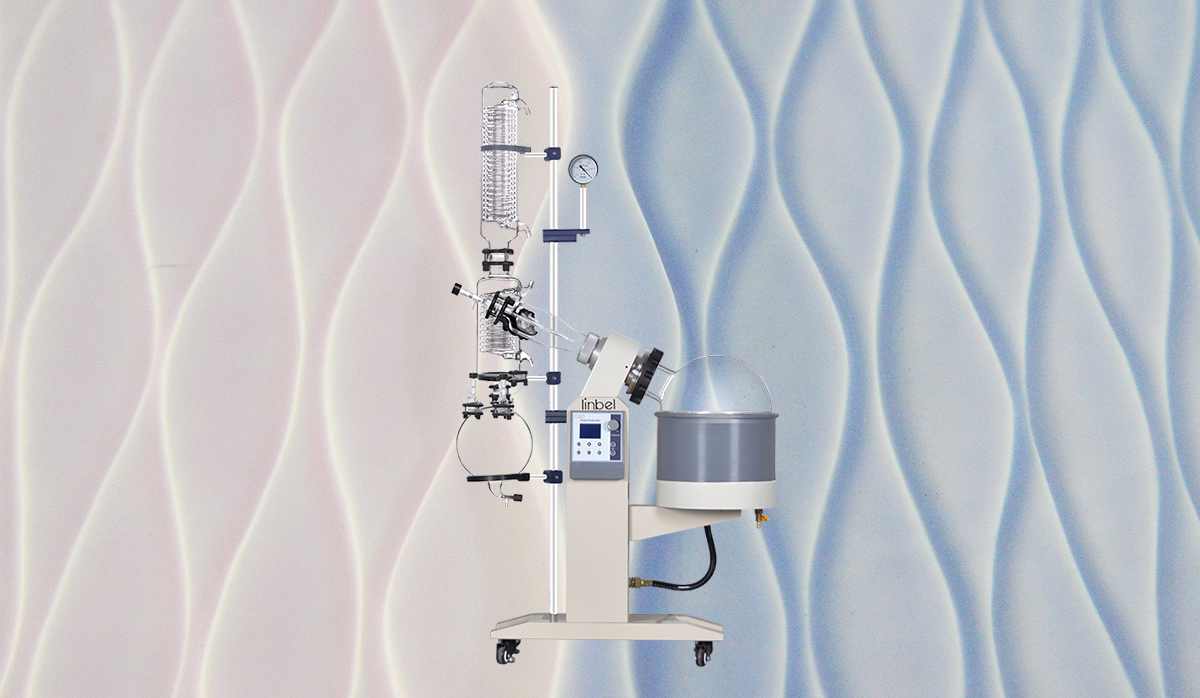The accessories of rotary evaporators are mostly glass products, such as flasks, condensing tubes, glass discharge valves, collection bottles, etc. We often have residues attached to them after use. If we don't clean it up for a long time, it may affect the subsequent experiments. Do you know how to clean and maintain the glass parts?

When cleaning the stains that are difficult to remove, the most effective way is to dissolve them with detergent and then clean them with tools such as brushes. If you encounter places that cannot be cleaned by the brush, you can soak them with detergent. Our most commonly used detergent is synthetic detergent, but it is not suitable for substances that are difficult to dissolve. In case of insoluble substances, we need to choose detergent according to the nature of attached stains. When the attachment is alkaline, dilute hydrochloric acid or dilute sulfuric acid shall be used for cleaning, and when the attachment is acidic, sodium hydroxide solution shall be used for cleaning. When the attachment is not easily soluble in acid and alkali, but is easily soluble in some organic solvents, such organic solvents shall be used for cleaning. Remember not to blindly mix various solvents and use them as detergents, which will not only cause unnecessary waste, but also be very dangerous.
The best cleaning time is just after the experiment, but there are some exceptions because of the different properties of some solvents. For example, after some solvents residue everywhere just after the experiment, the inner wall of the glass container seems to have no attachment, but after being placed for a period of time, the attachment will slowly surface and is not easy to clean. If some solvents are not cleaned in time, they will react with the glass and even damage the glass parts seriously. Therefore, we must flexibly judge the cleaning time according to the different experimental solvents.
When we put the cleaned glass parts upside down, the water forms a uniform water film on the inner wall of the glass parts, and there are no drops of water and strands of water flowing down, it means that the glass parts have been cleaned.